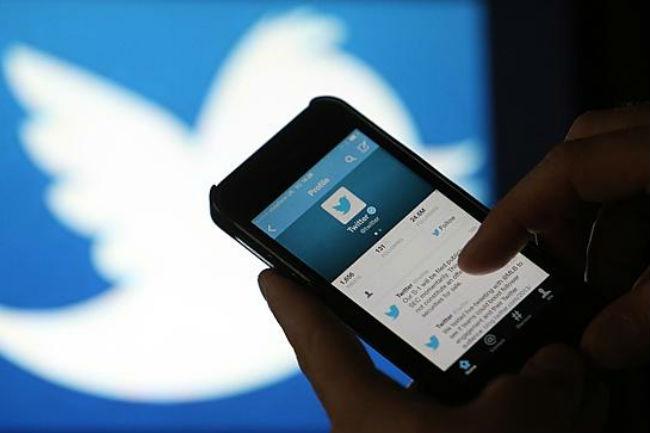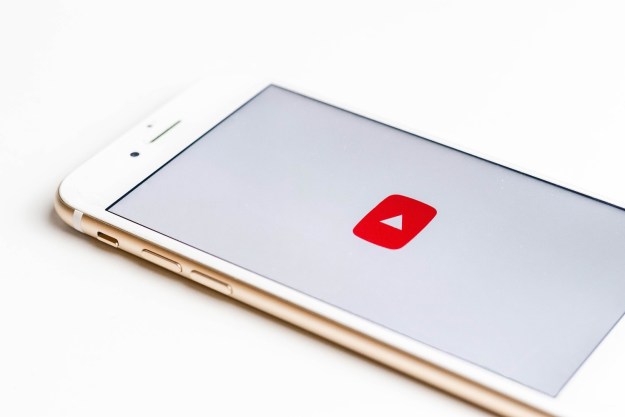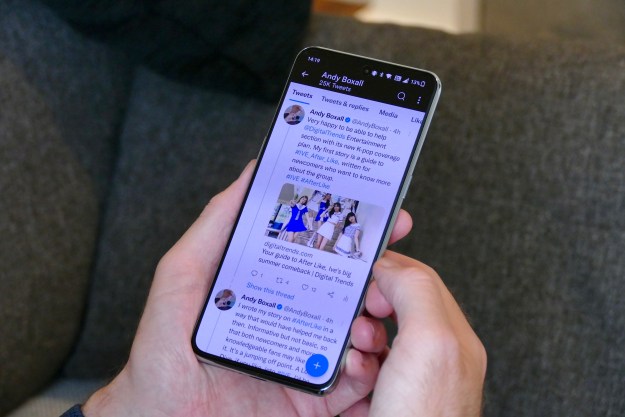
Twitter has just introduced a new feature that allows users to create custom timelines by interest, topics, or events. This means, basically, that you can mold a timeline of tweets however you want. Custom timelines are being slowly rolled out – but if you want to get ahead of the game, here’s what you need to know about creating custom Twitter timelines.
1. You need TweetDeck
Twitter acquired TweetDeck last year, bringing all the goodness of the powerful client in-house. Now, TweetDeck technology will be used in custom timelines, so you’ll need to sign up for an account there first. You can login with all the same information you use for Twitter if you want, since this will use your Twitter account. But there’s no native Twitter client functionality here; you can’t grab tweets when you’re on Twitter.com for your custom timeline. If for some reason you don’t have custom timeline functionality yet, you should soon.
2. A quick how-to
If you’re lucky enough to have it, head over the + icon and choose “Custom timeline.” It’ll pop up on the far right-hand side. For this example, I’m making a custom timeline of recent Oregon Duck football news, so I added a column to surface these tweets.

Here’s something fun and annoying (and not fun at all): The new, blank timeline prompts you to fill it by dragging and dropping tweets. However, just know that you can’t just drag and drop – you need to hover over and surface the four-sided arrow icon in the right hand corner of a tweet, click that, and then drag and drop.

Annoying as drag-and-drop might be, it’s simple to delete tweets from your timeline; just hit the “X” and it’s gone. Making custom timelines is easy, fun, and addictive – you’ll want to keep going. And they definitely make for great complementary conversations to other content you’re creating.
3. Sharing
There are a couple options here: You can embed your timeline (see below), view it on Twitter, or tweet about it so people see it. When you embed, you have the option to opt-out of Twitter tailoring it, or you can keep it.
4. Remember: This is all public
There is no privacy switch here. Either make a custom timeline knowing the world will be able to see it, or don’t make them at all. Perhaps consider making that NSFW timeline from an anonymous account.
5. Doing this by hand is time-consuming
If you’re creating a fairly short custom timeline, say something to go with a blog post you wrote, or to capture the best tweets surrounding an episode of a show, then manually going through and picking and choosing tweets for your timeline works. If, however, you bit off something, like I did – i.e. general news about a sports team – then the purpose of your timeline will die rather quickly, unless you keep at it.
If you want to be able to program new tweets, you’ll need access to the Twitter API, which remains solidly out of most users’ reach. Twitter says the API will only be available to “a small group of selected partners” for now, and there’s no news on whether it will roll out to all users or just to developers and Web publishers. But if you have some feedback about this, Twitter wants to know, and you can request access.
6. You don’t own your custom timelines
You might start to feel a sense of ownership over your custom timeline. You chose a topic, you found the relevant tweets, you dragged and dropped until you could drag and drop no more. But don’t be mistaken – that timeline is for all of Twitter. Since custom timelines are all public, they can all also be embedding by any other publisher or user for their own purposes. So if you go through the painstaking process of creating a thorough custom timeline revolving around pre-Oscar buzz, there’s nothing you can do to stop some site from scooping it up and embedding it as its own.

This shouldn’t come as a surprise, however. Tweets are also embeddable, as are conversations. What’s the difference between a single tweet you crafted going viral, and a custom timeline being given the same treatment? There isn’t, though no one could blame you for becoming a little more attached to these timelines, which involve more work than the errant tweet. If that idea bothers you, then consider using Storify; through it, you can pull data from more social networks, and there is a secret URL function you can share with people as you please.
7. Yes, custom timelines are different than lists
The idea of a function that lets you create a stream of tweets by topic or interest sounds a lot like Twitter’s list feature. And, yes, there’s a bit of overlap, but trust that these are different: Twitter lists let you group content by users; sure, you might organize them so you’re essentially getting a timeline of a certain topic, but if someone decides to go on a random rant, that will infiltrate your stream of segregated news. Custom timelines are topic-related only, so you can find the specific tweets you want, regardless of user, and pull them in. Also, you can’t embed a list’s timeline; you can only share a URL. You can, however, as with lists, follow or subscribe to someone else’s custom timelines.
8. Custom timelines aren’t automatically in chronological order – and it’s horrifying
Let me explain: Custom timelines will show up in the order you drag and drop tweets into them. So if, for example, you spot a tweet right up top on TweetDeck and drag it in, it will appear at the top – even if it was posted six hours ago. The next tweet you add – even if it was posted just two minutes ago – will appear underneath the older tweet. This means, if you want things to show up in chronological order, you have to drag and drop them to the blank slate in that order. You can’t edit placement once the tweets are in there, except to delete them.
A few wish list fixes (keyword recognition and auto-importing; chronological view; in-house Twitter functionality) already come to mind. But, overall, the new feature is certainly a versatile product that Web publishers won’t wait to use until it’s perfected.
Editors' Recommendations
- X, formerly Twitter, may be about to test 3 subscription tiers
- Instagram Threads: what you need to know, and how to sign up
- It’s not just you – Twitter is down for users around the world
- What is Mastodon? Here’s why everyone’s talking about this Twitter alternative
- Elon Musk officially owns Twitter now: a timeline of how we got here


